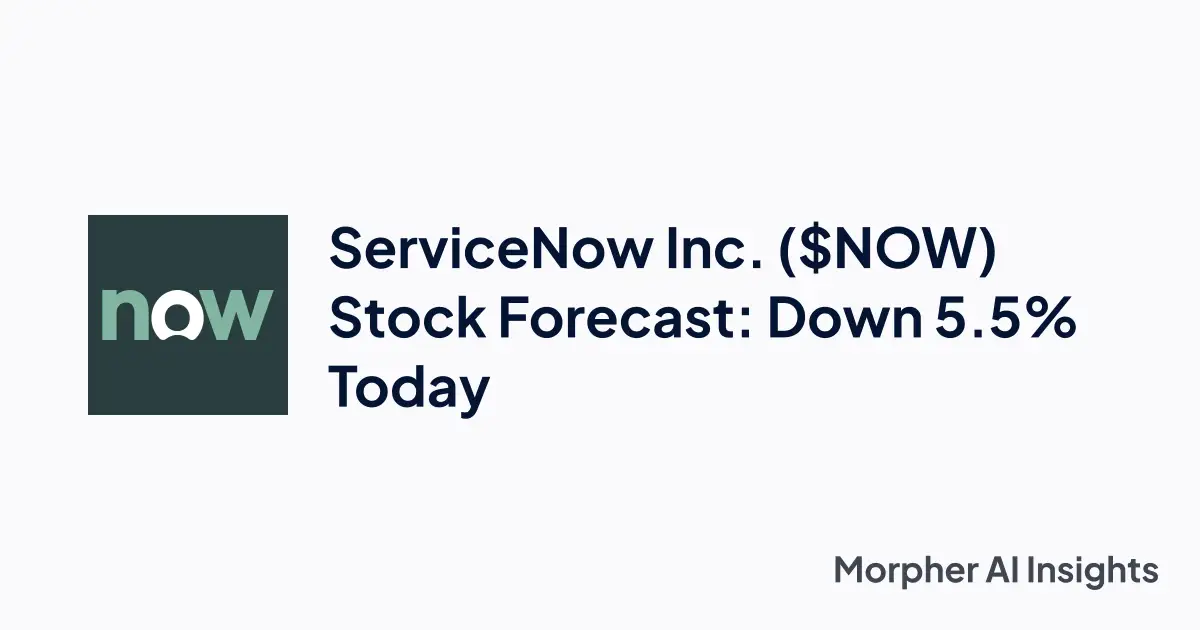ADNOC Gas Posts Record Q3 Net Income, Announces Quarterly Dividends
ADNOC Gas reported a record third quarter net income of $1.34 billion and unveiled a new quarterly dividend program beginning with an $896 million interim payout on December 12, 2025, signaling stronger returns for investors. The company also extended a 5 percent annual dividend growth policy through 2030 while reaffirming it will self fund capital spending and dividends without new borrowing, a move that affects investor income strategies and capital allocation in the energy sector.

ADNOC Gas said it earned $1.34 billion in net income for the third quarter of 2025, the highest quarterly profit on record, and announced a shift to quarterly dividend distributions aimed at boosting shareholder returns. The company will pay an interim dividend of $896 million on December 12, 2025, and extended its 5 percent annual dividend growth policy through 2030 to provide predictable income for investors.
The interim payout represents roughly two thirds of the company’s reported Q3 profit, underscoring the scale of cash returned to shareholders. Management emphasized that robust operating cash flow underpins both the dividend program and a growing capital expenditure plan. ADNOC Gas said it will continue to self fund its expanding capital program and dividend commitments without taking on additional debt, a posture that preserves balance sheet flexibility while sustaining investment in capacity and infrastructure.
For investors the changes matter on several fronts. Regular quarterly distributions convert lump sum payments into a steady income stream, a feature that can broaden the company’s appeal among income oriented asset managers and yield seeking retail investors. The guaranteed 5 percent annual growth through 2030 adds predictability to future payouts, a benefit in a market environment where bond yields and risk premiums have both risen and volatility has increased.
The company’s stated ability to self fund investment without new borrowing also has market implications. It reduces the risk that shareholder returns will be cut to fund capex or that leverage will increase during cyclical downturns. For fixed income markets and credit analysts, preserved debt metrics can support favorable financing costs and may influence the company’s sovereign linked credit assessments, given the close links between regional energy firms and national fiscal positions.
Economically, the move reflects broader balance sheet conservatism in the energy sector as companies juggle the twin demands of meeting near term investor expectations and funding long lead time infrastructure. Gas remains a pivotal fuel in transition dynamics, supporting power generation and industrial demand while emitting less carbon than coal. Investments in capacity and pipeline networks that ADNOC Gas cites are likely aimed at securing long term demand and operational resilience in the face of shifting global energy patterns.
Policy considerations are also present. A reliable dividend stream from a major energy company can bolster investor confidence in the regional capital markets, support pension fund payouts, and channel private returns into domestic saving and investment. At the same time prioritizing shareholder distributions while self funding capital projects signals a trade off that policymakers and regulators will monitor, particularly around energy security and domestic industrial needs.
ADNOC Gas’s Q3 performance and its new distribution policy crystallize a broader industry trend toward delivering dependable cash returns while maintaining investment to meet future energy demand. For investors and policymakers alike, the company’s combination of record profits, recurring dividends, and self funding discipline will be a focal point as markets price risk and returns in the coming quarters.


